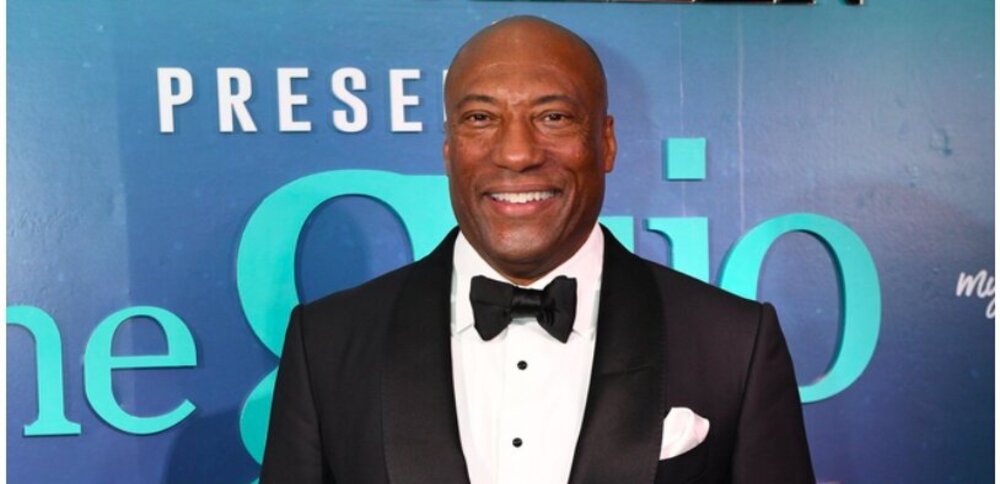
In September, the U.S. TV industry was awash with news about impeding ownership changes for local linear TV broadcast stations. The news died down in October, and now in early November, VideoAge‘s Water Cooler is bringing the topic back to assure the industry that linear TV is still in the hearts and minds of the powers that be in the C-suites.
Back in September, the Irving, Texas-based Nexstar Media Group and Byron Allen’s Los Angeles-based Allen Media Group were said to be interested in buying Disney’s local ABC TV stations… whenever the studio was ready to sell them, that is. Now a new question arises: Will Paramount sell its CBS TV network… again?
ABC has 240 local TV stations as affiliates, of which eight are owned and operated (O&O) by Disney, and are in key markets such as New York City, Los Angeles, Chicago, and San Francisco.
In 1995, Disney acquired ABC for $19 billion, which included the network, ABC’s O&O local TV stations, and the affiliate-relation contracts.
CBS also owns eight local TV stations in top TV markets that also include Miami and Atlanta. Viacom merged with CBS first in 1999 in a deal valued at $35 billion. In 2006, the two companies split, then merged again in 2019 with a deal valued at $15.4 billion.
Wells Fargo Bank analyst Steven Cahall valued ABC and Disney’s eight owned affiliate networks at about $4.5 billion. Allen offered Disney $10 billion for ABC’s local TV stations and Disney’s cable networks FX and National Geographic, making it clear that he fully believes in traditional linear television.
Disney would sell ABC’s local TV stations, but keep the network operation. In this case the studio would be losing retrans fees from cable operators, but still getting revenue from affiliates, plus ad time inventory for national TV sports, while affiliates would be getting the network’s programming.
Nowadays, for those national TV shows, the affiliates pay network compensation (also called network affiliate fees) or at the most have a revenue-sharing arrangement.
Years ago the payees were the networks, but they stopped paying the affiliates network compensation in the late ’80s/early ’90s, when local TV stations were at their peak in generating their own significant revenues.Then, most TV stations got network compensation in major– and medium-sized markets, and that compensation was also dependent on how dominant the smaller market stations performed from a ratings standpoint.
Pictured above: Byron Allen of the Los Angeles-based Allen Media Group
Please follow and like us:
https://www.videoageinternational.net/2023/11/13/watercooler/linear-tv-is-still-here-alive-and-well/




